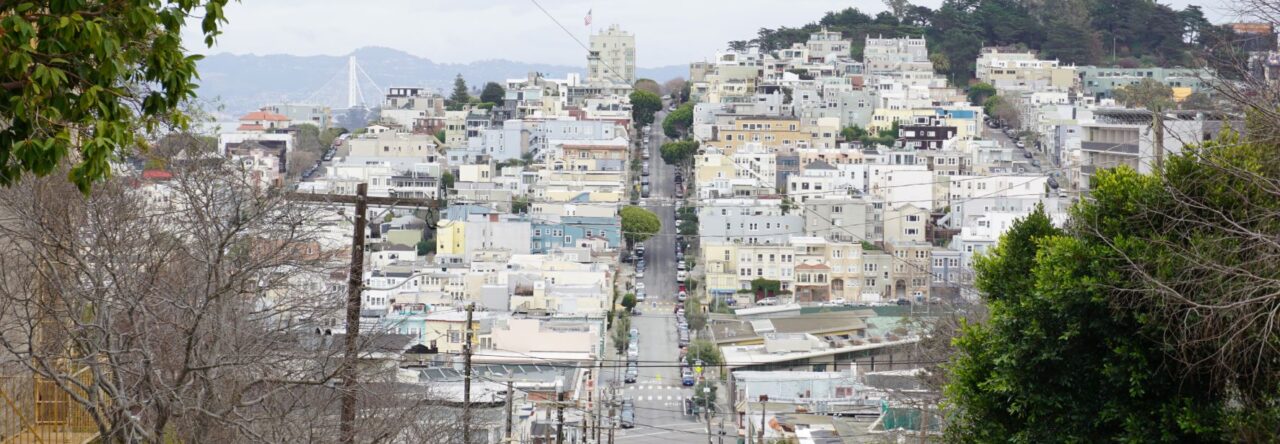Our new paper, “The potential of urban irrigation for counteracting carbon-climate feedback“, is published in Nature Communications (IF: 16.6).
The paper and its supplement can be downloaded at https://www.nature.com/articles/s41467-024-46826-3.
Authors: Peiyuan Li, Zhi-Hua Wang, and Chenghao Wang
Abstract: Global climate changes, especially the rise of global mean temperature due to the increased carbon dioxide (CO2) concentration, can, in turn, result in higher anthropogenic and biogenic greenhouse gas emissions. This potentially leads to a positive loop of climate–carbon feedback in the Earth’s climate system, which calls for sustainable environmental strategies that can mitigate both heat and carbon emissions, such as urban greening. In this study, we investigate the impact of urban irrigation over green spaces on ambient temperatures and CO2 exchange across major cities in the contiguous United States. Our modeling results indicate that the carbon release from urban ecosystem respiration is reduced by evaporative cooling in humid climate, but promoted in arid/semi-arid regions due to increased soil moisture. The irrigation-induced environmental co-benefit in heat and carbon mitigation is, in general, positively correlated with urban greening fraction and has the potential to help counteract climate–carbon feedback in the built environment.
DOI: https://doi.org/10.1038/s41467-024-46826-3

